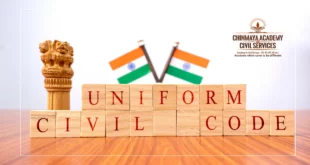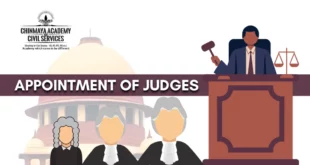- The Office of the Registrar-General of India (RGI) is following the set of criteria set out by the Lokur Committee nearly 60 years ago to define any new community as a Scheduled Tribe, The Hindu has learnt.
- Approval of the Office of the RGI is mandatory for the inclusion of any community on ST lists, as per the procedure for scheduling tribes.
- In response to a query under the Right to Information Act, the Office of the RGI on Tuesday said, “For criteria, report of the Advisory Committee on the revision of the lists of Scheduled Castes and Scheduled Tribes (Lokur Committee 1965) is consulted.”
- This comes even as the government, until December 2017, insisted in Parliament that it was considering a proposal to change the criteria for scheduling of new communities as STs based on the report of an internal task force, which called these criteria “obsolete”, “condescending”, “dogmatic”, and “rigid”.
Lokur panel
- The criteria set out by the Lokur Committee for defining a community as a tribe are: indications of primitive traits, distinctive culture, geographical isolation, shyness of contact with the community at large, and backwardness.
- The government task force on Scheduling of Tribes, constituted under the leadership of then Tribal Affairs Secretary Hrusikesh Panda in February 2014, had concluded that these criteria “may have become obsolete considering the process of transition and acculturation”. Further, it noted that terms like “primitive and the requirement of primitivity to be a characteristic of Scheduled Tribe indicates a condescending attitude by outsiders”, adding, “What we consider primitive is not considered by the tribals themselves.”
- “Much of the mess” created in the classification and identification of tribes is because of this classical orientation that followed a “rigid and dogmatic approach”, the task force said.
- It also pointed out problems with the geographical isolation criterion, arguing that as infrastructure development continued across the country, “how can any community remain in isolation?”
- Accordingly, the task force recommended changes to the criteria in May and based on this, the Tribal Affairs Ministry in June 2014 prepared a draft Cabinet note to overhaul the criteria and procedure for scheduling of new communities as STs. This was done within a month of the first Cabinet led by Prime Minister Narendra Modi taking oath.
Proposed criteria
- The proposed criteria under the government’s consideration included “socio-economic, including educational, backwardness, vis-a-vis, the rest of the population of the State;
- historical geographical isolation which may or may not exist today; distinct language/dialect; presence of a core culture relating to life-cycle, marriage, songs, dance, paintings, folklore;
- endogamy, or in case of exogamy, marital relationship primarily with other STs (This criterion is for scheduling of a community as ST and not for determining ST status of an individual)”.
- The draft Cabinet note also proposed, “Communities which have adopted a ‘Hindu’ way of life will not be ineligible merely on this ground.
- ” It further recommended considering the population of the new community in relation to the existing ST population of the State, adding that all these criteria had to be looked at holistically and none should take precedence over another.
- Now, with the Office of the RGI saying it continues to follow the criteria set out by the Lokur Committee in 1965, the fate of the proposal to change the criteria hangs in the balance.
SOURCE: THE HINDU, THE ECONOMIC TIMES, PIB
 Chinmaya IAS Academy – Current Affairs Chinmaya IAS Academy – Current Affairs
Chinmaya IAS Academy – Current Affairs Chinmaya IAS Academy – Current Affairs



